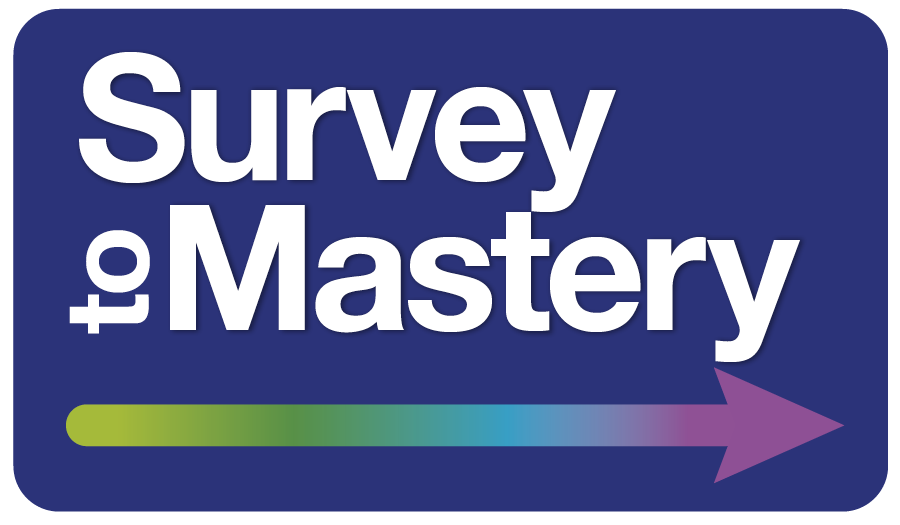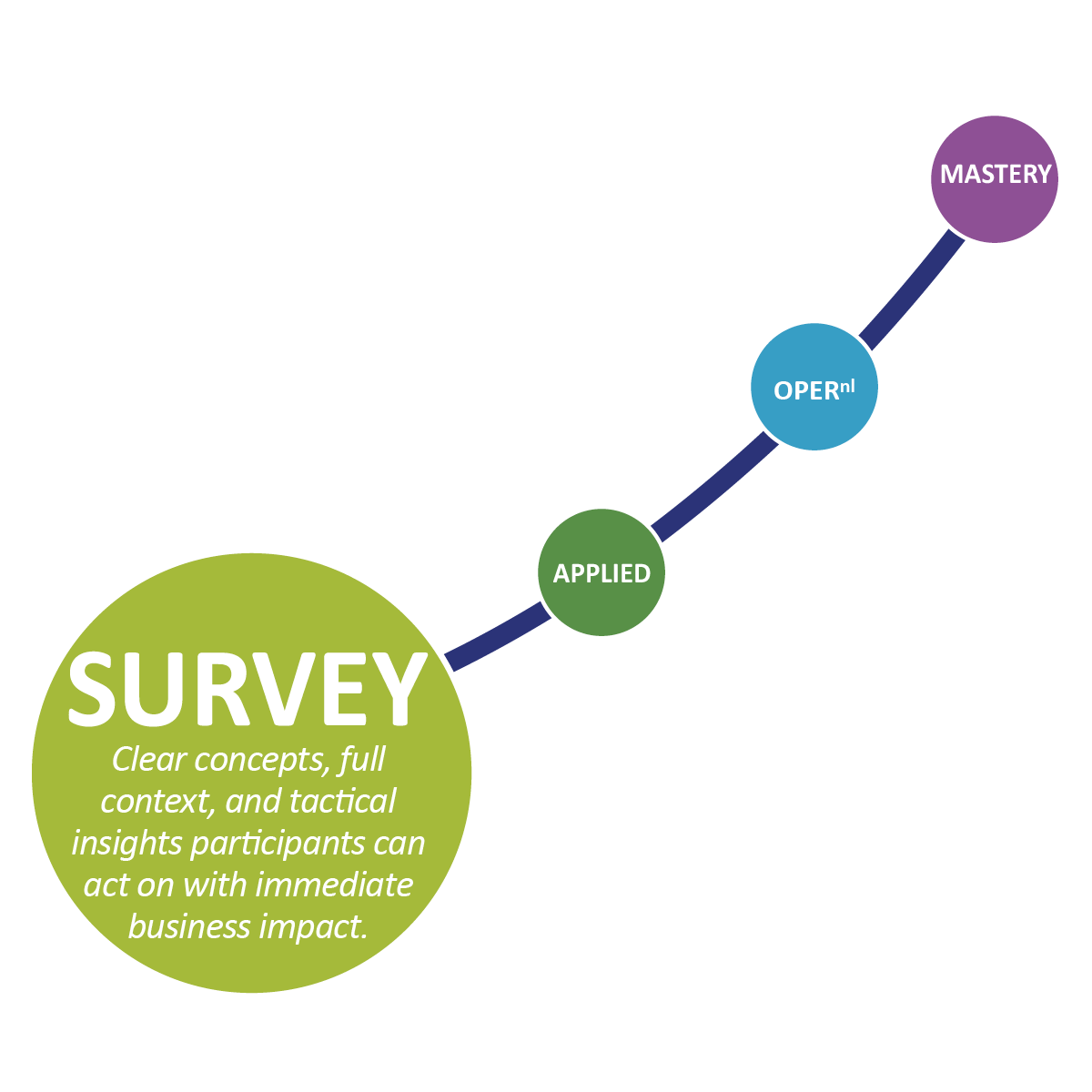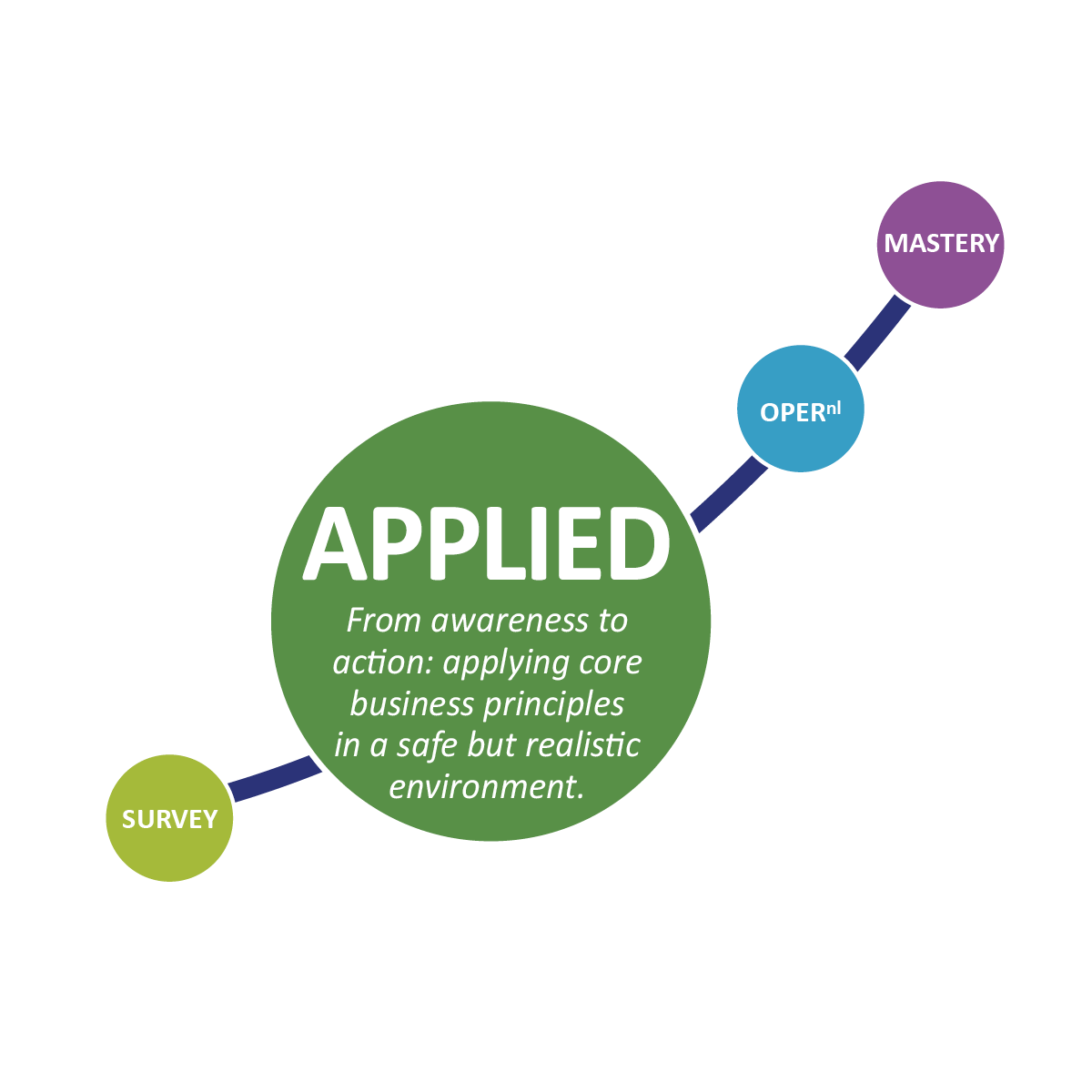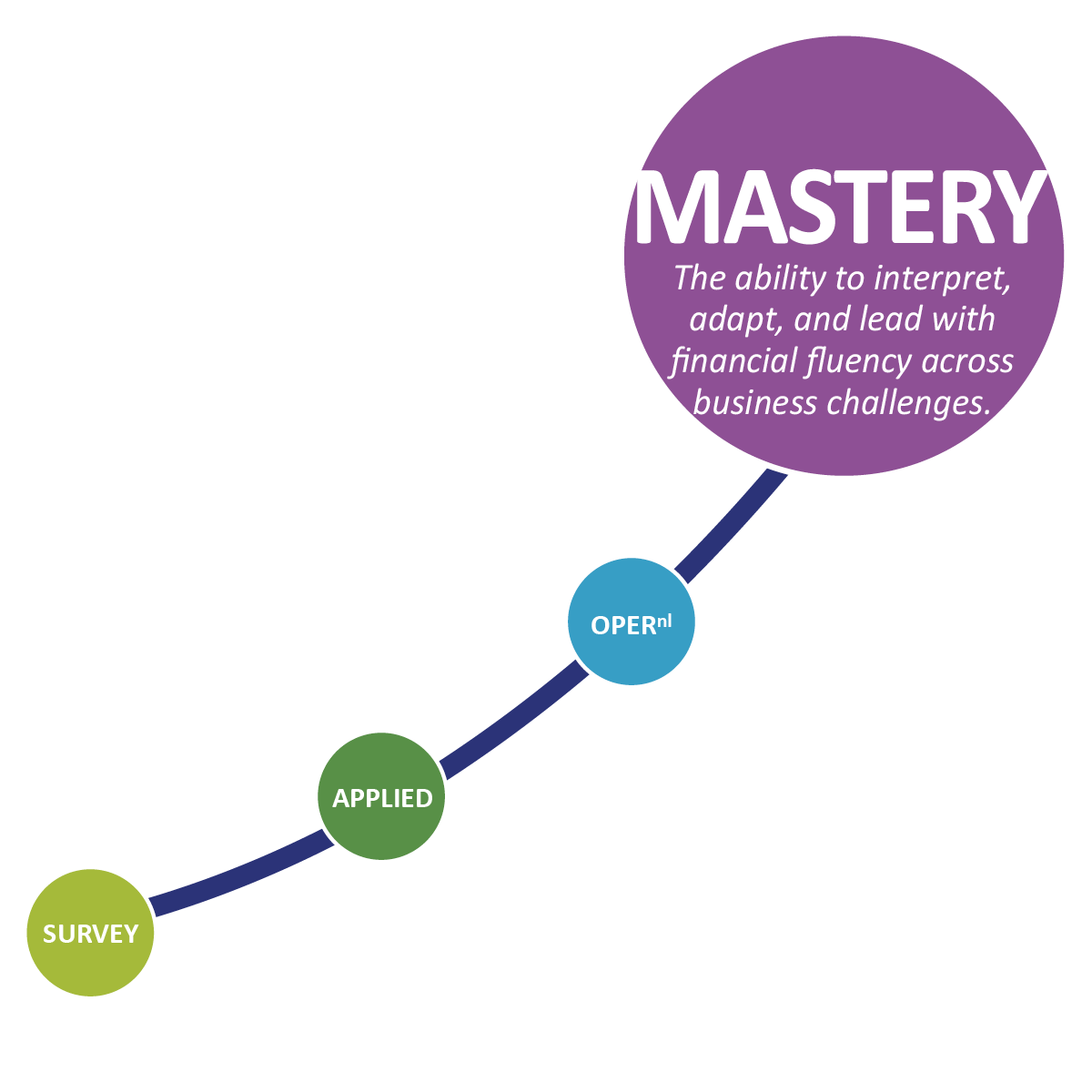What is Business Acumen?
"Business acumen is… a good understanding of how all the pieces of a business fit together to produce a coherent set of actions and a financial result."

If you're responsible for building learning that meets real business needs, you're working within limits—tight timelines, fixed budgets, and wide variation in learner roles. Survey to Mastery is a practical, modular, and role-specific model—built for the way business works today.

Corporate learning models have long been dominated by hierarchical, linear progressions like Bloom's Taxonomy and Webb's Depth of Knowledge (DOK). These frameworks, adapted from academic environments, assume that learning must move step-by-step: recall, application, analysis, and finally, strategic thinking.
But in today’s business environment, learning doesn’t follow tidy sequences. In earlier decades, employees often rose through the ranks in a similarly structured way—learning step-by-step as their responsibilities grew. Today, roles shift quickly, responsibilities evolve, and teams flex across functions. Learners are expected to step into new situations fast—often without time for traditional learning models.
And while budget and time limits aren’t new, they’ve become even more central—shaping not just how learning is delivered, but whether it happens at all.
Survey to Mastery is a flexible learning model that answers the need for speed, adaptability, and role-specific depth in today’s corporate environment. It offers a modular, non-linear approach built for real-world business demands.
Read: How Work Has Changed—and Why Learning Must Catch Up →
A look at why traditional models no longer fit today’s fast-moving, role-fluid workplace.




Each layer is delivered as a complete experience. A participant might only need Survey-level understanding—and that’s okay. STM is designed to meet people where they are and deliver just enough challenge to grow their capability.
This one-page view shows the kinds of tools, decisions, and concepts explored at each simulation level.
Use it to see how different workshops align with specific learning goals.
"Business acumen is… a good understanding of how all the pieces of a business fit together to produce a coherent set of actions and a financial result."
